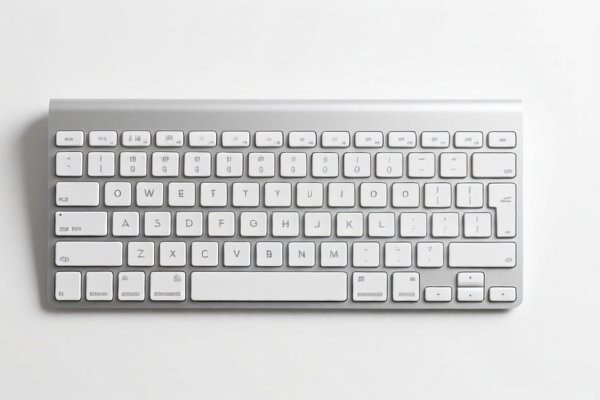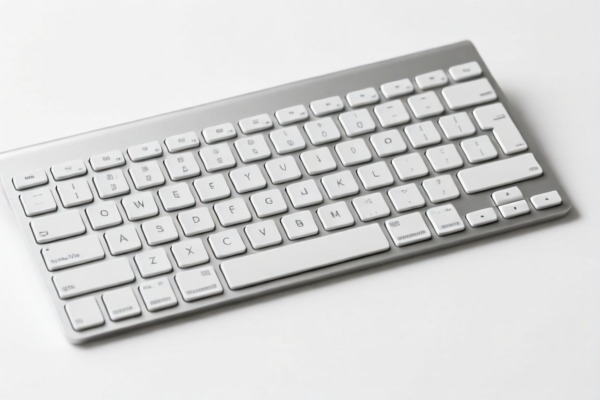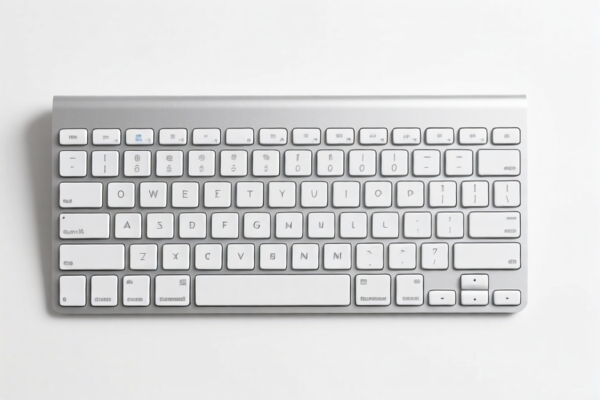| HS Code | Official Doc | Tariff Rate | Origin | Destination | Effective Date |
|---|---|---|---|---|---|
| 8517790000 | Doc | 62.5% | CN | US | 2025-05-12 |
| 8443321070 | Doc | 37.5% | CN | US | 2025-05-12 |
| 8443995050 | Doc | 37.5% | CN | US | 2025-05-12 |
| 8537108000 | Doc | 55.0% | CN | US | 2025-05-12 |
| 8537109150 | Doc | 57.7% | CN | US | 2025-05-12 |
| 8535904000 | Doc | 57.7% | CN | US | 2025-05-12 |
| 8535908060 | Doc | 57.7% | CN | US | 2025-05-12 |
| 8548000000 | Doc | 55.0% | CN | US | 2025-05-12 |
| 9017208040 | Doc | 59.6% | CN | US | 2025-05-12 |
| 9017208080 | Doc | 59.6% | CN | US | 2025-05-12 |
| 9031905900 | Doc | 55.0% | CN | US | 2025-05-12 |
| 9031909195 | Doc | 80.0% | CN | US | 2025-05-12 |
| 3926901000 | Doc | 40.9% | CN | US | 2025-05-12 |
| 3926901000 | Doc | 40.9% | CN | US | 2025-05-12 |




Keypad
A keypad is a set of buttons arranged in a block or membrane, used for inputting characters or functions. They are commonly found on a variety of devices, serving as a primary or secondary means of interaction.
Material
Keypads are constructed from a range of materials depending on the application and cost constraints. Common materials include:
- Plastic: Most frequently used for general-purpose keypads due to its low cost and ease of molding. Different types of plastic are used, ranging from ABS to polycarbonate.
- Rubber/Silicone: Often used for membrane keypads, providing a flexible and weatherproof surface.
- Metal: Employed in industrial keypads or those requiring high durability and resistance to vandalism. Stainless steel and aluminum are common choices.
- Glass/Ceramic: Used in touch-sensitive keypads, offering a premium feel and resistance to scratches.
Purpose
The primary purpose of a keypad is to facilitate user input. This input can take various forms:
- Numeric Input: Entering numbers for PINs, phone numbers, or quantities.
- Alphanumeric Input: Entering letters, numbers, and symbols for passwords, names, or addresses.
- Functional Control: Activating specific features or commands on a device.
Function
Keypads function through various mechanisms:
- Mechanical: Traditional keypads use physical switches beneath each key. Pressing a key completes an electrical circuit, sending a signal to the device.
- Membrane: A flexible membrane with conductive traces is pressed against a circuit board, completing a circuit when a key is pressed.
- Capacitive: Detects changes in electrical capacitance when a finger touches the surface, enabling touch-sensitive operation.
- Resistive: Measures the resistance between two layers when a finger touches the surface.
Usage Scenarios
Keypads are employed in a wide array of applications:
- Telephones: Traditional and feature phones utilize keypads for dialing numbers and entering text.
- ATMs: Used for entering PINs and transaction amounts.
- Point-of-Sale (POS) Systems: Used for entering prices, quantities, and payment information.
- Security Systems: Used for entering access codes.
- Remote Controls: Used for controlling various electronic devices.
- Industrial Equipment: Used for entering data and controlling machinery.
- Calculators: Used for numeric input.
- Door Locks: Used for entering access codes.
Common Types
- Numeric Keypads: Contain only numbers (0-9) and often basic arithmetic operators.
- Alphanumeric Keypads: Include numbers, letters, and symbols.
- Touchpad Keypads: Utilize touch-sensitive technology instead of physical keys.
- Backlit Keypads: Feature illumination for use in low-light conditions.
- Matrix Keypads: Arranged in a grid pattern, allowing for efficient scanning of key presses.
- Membrane Keypads: Flexible and cost-effective, often used in industrial applications.
- Vandal-Proof Keypads: Constructed from durable materials to resist damage and tampering.
- Bluetooth Keypads: Wireless keypads that connect to devices via Bluetooth.
Based on the provided information, the following HS codes are relevant to “keypad”:
- 8517.79.00.00: This HS code falls under Chapter 85, which covers Electrical machinery and equipment. Specifically, it covers Telephone sets, including smartphones and other telephones for cellular networks or for other wireless networks; other apparatus for the transmission or reception of voice, images or other data, including apparatus for communication in a wired or wireless network (such as a local or wide area network), other than transmission or reception apparatus of heading 8443, 8525, 8527 or 8528; parts thereof: Parts: Other. The tax detail indicates a base tariff of 0.0%, an additional tariff of 7.5%, and a 30.0% additional tariff after April 2, 2025. The total tax is 62.5%.
- 8537.10.80.00: This HS code falls under Chapter 85, covering Boards, panels, consoles, desks, cabinets and other bases, equipped with two or more apparatus of heading 8535 or 8536, for electric control or the distribution of electricity, including those incorporating instruments or apparatus of chapter 90, and numerical control apparatus, other than switching apparatus of heading 8517: For a voltage not exceeding
1,000 V : Other: Touch-sensitive data input devices (so-called "touch screens") without display capabilities, for incorporation into apparatus having a display, which function by detecting the presence and location of a touch within the display area (such sensing may be obtained by means of resistance, electrostatic capacity, acoustic pulse recognition, infra-red lights or other touch-sensitive technology). The tax detail indicates a base tariff of 0.0%, an additional tariff of 25.0%, and a 30.0% additional tariff after April 2, 2025. The total tax is 55.0%. - 9017.20.80.40: This HS code falls under Chapter 90, covering Drawing, marking-out or mathematical calculating instruments (for example, drafting machines, pantographs, protractors, drawing sets, slide rules, disc calculators); instruments for measuring length, for use in the hand (for example, measuring rods and tapes, micrometers, calipers), not specified or included elsewhere in this chapter; parts and accessories thereof: Other drawing, marking-out or mathematical calculating instruments: Hand operated input devices which transmit position data to computer processors or displays (digitizers). The tax detail indicates a base tariff of 4.6%, an additional tariff of 25.0%, and a 30.0% additional tariff after April 2, 2025. The total tax is 59.6%.
Regarding HS code 8517.79.00.00, please note the change in additional tariff from 7.5% to 30.0% after April 2, 2025.
Customer Reviews
No reviews yet.